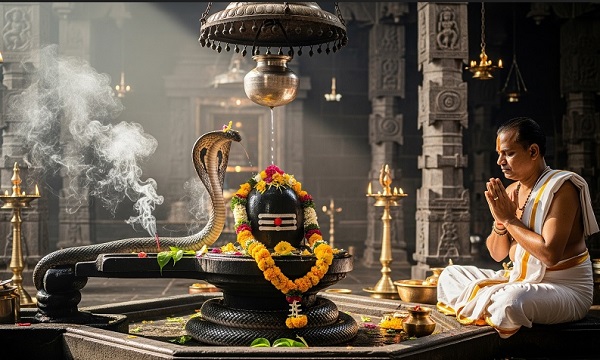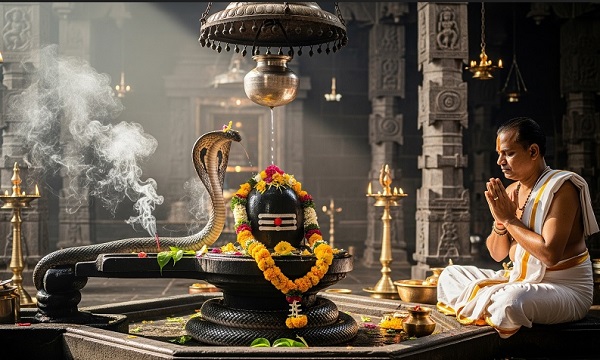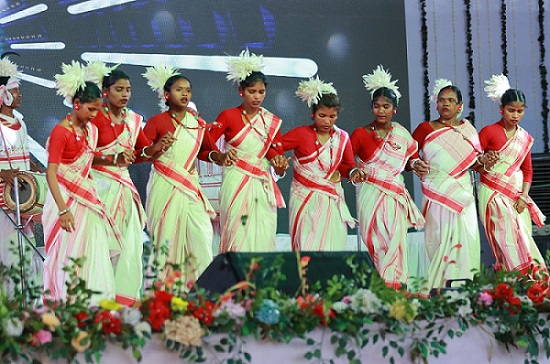Naag Panchami: Celebrating the Sacred Bond Between Humans and Naag Devta in Indian Culture

Naag Panchami is a revered Hindu festival celebrated across India and Nepal, dedicated to the worship of serpents, especially cobras. Observed on the fifth day (Panchami) of the bright half (Shukla Paksha) of the lunar month of Shravan, it falls during the peak of the monsoon season, a time when snake sightings are common due to rainwater flooding their natural habitats. This year, Naag Panchami is being celebrated today, July 29, 2025, with deep devotion and traditional rituals.
Cultural Significance
In Hindu tradition, snakes, especially the cobra (Naag), are considered divine and are closely associated with many deities. Lord Shiva is often depicted with a cobra coiled around his neck, symbolizing control over fear and death. Lord Vishnu rests on the serpent Sheshnag, floating on the cosmic ocean (Ksheer Sagar), and Lord Krishna is known for subduing the serpent Kaliya in his childhood. Thus, serpents symbolize protection, rebirth, immortality, and cosmic energy in Indian mythology.
Naag Panchami is a way for devotees to express gratitude and seek protection from snake bites and other dangers, especially in agrarian communities where interaction with snakes is frequent.
Why Naag Panchami Is Celebrated
The festival is rooted in both spiritual reverence and practical concerns. During the monsoon, when snakes often emerge from their flooded holes, snakebites become common in rural areas. Naag Panchami is seen as a way to appease the snake gods and prevent such incidents.
Women offer prayers to live images of snakes or snake idols made of clay or silver. Milk, flowers, and turmeric are offered at anthills, snake pits, and temples dedicated to Naag Devta (the Snake God). In some regions, snake charmers bring live cobras, and people offer them milk and perform rituals. It is believed that worshiping snakes on this day brings good fortune and shields the family from misfortune.
Historical and Mythological Roots
One of the popular legends associated with Naag Panchami comes from the Mahabharata. It is said that King Janamejaya, the son of Parikshit, performed a massive snake sacrifice (Sarpa Satra) to avenge his father’s death caused by the bite of the serpent Takshaka. The yajna was so powerful that thousands of snakes began perishing in the fire. However, it was stopped by a learned sage named Astika, who persuaded the king to end the slaughter. The day on which the yajna ended is believed to be Naag Panchami, marking the beginning of reconciliation between humans and snakes.
Another story speaks of a farmer whose son died from a snake bite. When the snake was captured, it pleaded for mercy and explained that it only struck in fear. This story teaches the lesson of forgiveness, coexistence, and respect for all creatures.
Environmental Relevance
Naag Panchami also holds an ecological message. By worshiping snakes and acknowledging their role in nature, the festival promotes a harmonious relationship with wildlife. Snakes play a crucial role in controlling rodent populations and maintaining ecological balance, especially in farmlands.
Thus, Naag Panchami is more than just a ritualistic festival—it is a celebration of life, nature, mythology, and respect for all beings. In today’s world, where environmental harmony is increasingly at risk, such traditional festivals remind us of the ancient Indian wisdom that promotes coexistence and reverence for every form of life.
Disclaimer: This article represents a cultural and informational overview from the author's perspective from various sources, with no intention to offend or contradict any religious beliefs or sentiments.

 29/07/2025 9:03 PM
29/07/2025 9:03 PM Mumbai
Mumbai 


.jpg)

 Related News
Related News Popular News
Popular News





